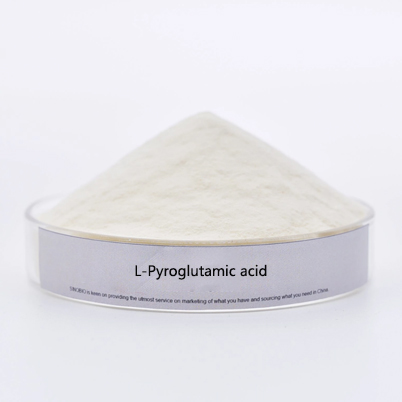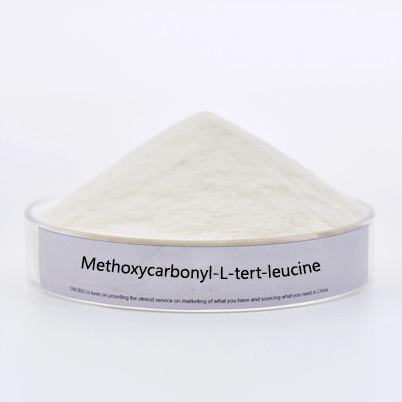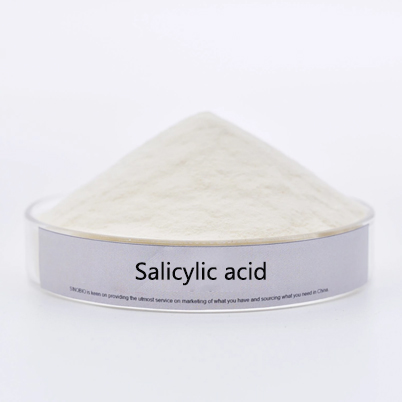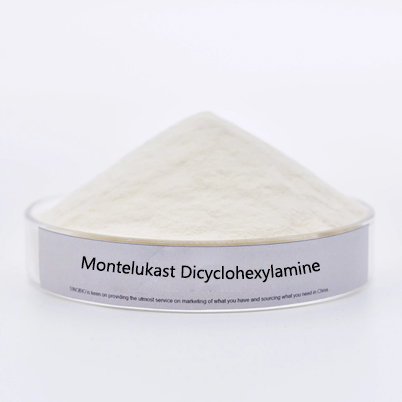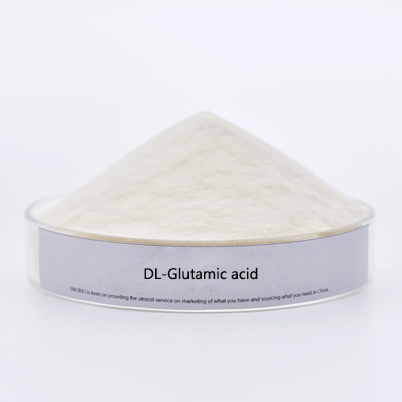- E-mail : info_medicalmarketing@jindunmedical.com
- Phone : +86 21 64057580
- Address : Shanghai China
How do I take azithromycin correctly?
Because the side effects of Azithromycin are less than Cephalosporins, now Azithromycin is the most commonly used antibiotics for bacterial infection-related diseases in our hospital clinic. This drug is a second generation semi-synthetic derivative of macrolide, whose structure is different from Erythromycin. It inserted a methyl-substituted nitrogen in 9a site of Erythromycin lactone ring, generating a 15-membered ring macrolide.
The mechanism of action of Azithromycin is similar to Erythromycin. By binding to 50S subunit susceptible ribosome, Azithromycin inhibits protein synthesis which depends on RNA to show an antibacterial effect, retaining the antibacterial spectrum of typical Erythromycin. As for activity to chlamydia, Azithromycin is similar to Erythromycin. Compared with Erythromycin, antibacterial activity for gram-negative bacteria has been significantly improved, antibacterial activity for Haemophilus influenzae and Neisseria gonorrhoeae is more four times than Erythromycin, antimicrobial activity for Legionella bacteria is more about 2 times than Erythromycin, and antibacterial activity for Enterobacteriaceae is significantly stronger than Erythromycin. The MIC of most gram-negative bacteria is less than 1μg/ml. Staphylococcus aureus and Streptococcus pyogenes show cross-resistance on Azithromycin and Erythromycin. For toxoplasmosis and syphilis, Azithromycin also has a good role in the killing. Azithromycin is mainly used for respiratory tract infections, genitourinary tract infections, skin and soft tissue infections and sexually transmitted diseases which are caused by sensitive bacteria.
Zithromax that is Azithromycin dry mix suspension, mycoplasma infections in children, the most common is mycoplasma pneumonia in children, macrolide antibacterial drugs are currently the first choice for mycoplasma infections in children, including the first generation of erythromycin, the second generation of roxithromycin, clarithromycin, azithromycin, etc., of which the most commonly used drug of choice is azithromycin, which is mainly to inhibit the protein of bacteria, mycoplasma, chlamydia and other pathogenic bacteria Synthesis, so there is nothing wrong with the first drug eaten.
Let's look at the correct use of azithromycin for mycoplasma infections in children.
According to the Expert Consensus on the diagnosis and treatment of Mycoplasma pneumoniae pneumonia in children (2015 edition): azithromycin requires only one dose per day, is used for fewer days, has high bioavailability and intracellular concentration, is better adhered to and tolerated, and has become the treatment of choice. Azithromycin: 10mg per kg body weight once daily for 3 days in mild cases and 5-7 days in severe cases, with a 2nd course to be repeated after a 4-day stoppage if necessary. Your child is 15kg, which means 150mg per day for 3 days in general and 5-7 days in severe cases.
According to the Expert Consensus on the Combined Diagnosis and Treatment of Mycoplasma pneumoniae Pneumoniae in Children with Chinese and Western Medicine (developed in 2017): likewise, oral azithromycin at a dose of 10 mg/kg once daily on day 1 for 3 days and repeated once after 4 days of discontinuation.
According to the Guideline on the clinical application of macrolide antibacterial drugs in emergency and children: for acute otitis media, acute sinusitis, acute tonsillitis, pharyngitis, and whooping cough caused by mycoplasma, the recommended are azithromycin at 10 mg/kg each time, once daily for 3-5 days, with the total dose not exceeding 1500 mg. for acute For acute bronchitis and digestive system infection caused by mycoplasma, the recommended dose is azithromycin 10mg/kg on day 1 and 5mg/kg on day 2 for 5 days, total dose not exceeding 1500mg. 1500mg.
According to the drug instructions.
When treating any infection in children with azithromycin, it is recommended that its total dose does not exceed a maximum of 1500 mg.
Under 15 kg: the recommended 3-day dosing regimen is 10mg/kg once daily by mouth for 3 days.
15-25kg: 3-day dosing regimen: 200mg orally once daily for 3 days. 5-day dosing regimen: 200mg orally on day 1 and 100mg orally once daily from day 2 to day 5.
26-35kg: 3 days' dosing: 300mg orally daily for 3 days. 5 days' dosing: 300mg orally on the first day, 150mg orally once a day from the second to the fifth day.
36-45kg: 3-day dosing method: 400mg orally daily for 3 days. 5-day dosing method: 400mg orally on the first day, 200mg orally once a day from the second day to the fifth day.
>45kg: the method of administration and dose is the same as adult.
Therefore, it can be seen that 150mg was taken three times a day for three days, which means that a total of 450mg was taken every day, and the total dose for 3 days was 1350mg. Although the dose was high according to body weight, the total dose still did not exceed 1500mg, so it was still in the safe range for children. The most common adverse reactions are gastrointestinal reactions, including abdominal pain, diarrhea, nausea, vomiting, etc., which are mostly transient. Azithromycin can be given once a day due to its long half-life.
Azithromycin, the reason why it is required to take 3 days and stop for 4 days and then continue with the 2nd course is that after 3 days of administration, it reaches a relatively high concentration in the lungs. According to research, the tissue concentration of azithromycin is 10 to 100 times higher than the blood concentration in the same period, and the concentration in inflammatory sites is up to 6 times higher than in non-inflammatory sites, and the concentration in macrophages and fibroblasts is also high. Effective inhibitory concentrations of Mycoplasma pneumoniae were maintained during the subsequent 4 days without dosing.
In addition, azithromycin has a blood elimination half-life of 35 to 48 hours after single dose administration and a longer half-life of more than 60 hours in tissues. This is generally thought to be due to extensive tissue uptake followed by slow release of the drug. Therefore, after 3 days of administration, azithromycin continues to act in the body for 3 to 4 days, even after discontinuation.
Azithromycin also has an antibacterial after-effect, which means that when azithromycin drops below the minimum inhibitory concentration, it still has an inhibitory effect on pathogenic bacteria such as bacteria, mycoplasma and chlamydia.
Of course, for severe infections, such as severe Mycoplasma pneumoniae pneumonia, it is also possible to use it continuously for 5-7 days. However, in mildly ill children, continuous use will not only not allow the child to recover earlier, but will also cause an increased risk of adverse drug reactions due to the accumulation of drugs in the body. Therefore, if the doctor assesses the need for a 2nd course, it is sufficient to stop the drug for 4 days and then start it again.
-
date
2022-10-08
-
location
Shanghai, China






































